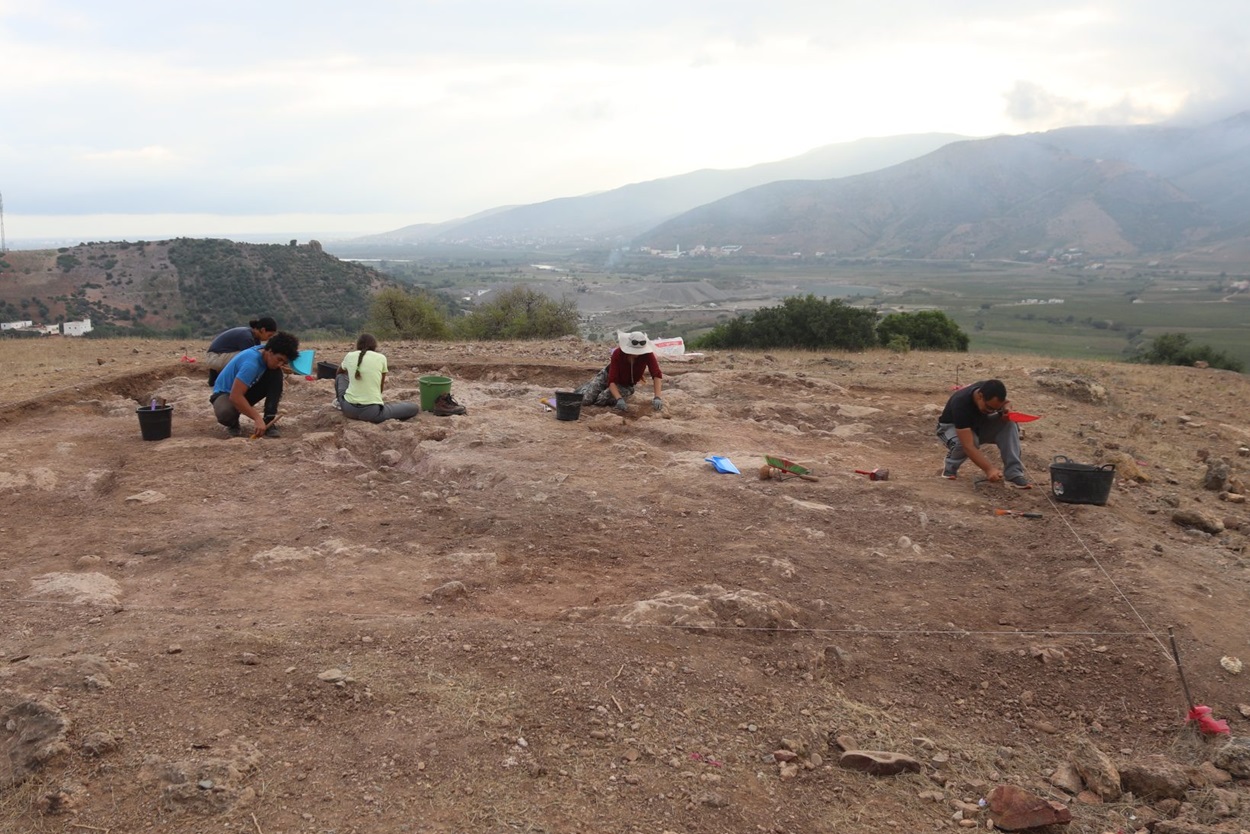University of Barcelona archaeologists have discovered the Maghreb region’s first known Bronze Age settlement.
While the historical narrative credits the Phoenicians as the first complex culture to settle the region around 800 BC, excavations at Kach Kouch in northwest Morocco have uncovered evidence of a multi-phase settlement that predates the Phoenician arrival.
According to a study published in the journal Antiquity, Kach Kouch consists of three occupation periods, with the earliest dating from 2200 to 2000 BC.
The second phase, from 1300 to 900 BC, is represented by an agricultural community living a sedentary lifestly. Excavations found wooden mud-brick buildings, rock-cut silos, and grinding stones, indicating a thriving agricultural economy based on crops and supplemented by sheep, goats, and cattle.
The last phase, from 800 to 600 BC, demonstrates a mix of local and foreign practices introduced from the Mediterranean, such as wheel-thrown pottery, iron tools, and new architectural traditions using stone.
Hamza Benattia Melgarejo, PhD student at the UB’s Faculty of Geography and History and member of the UB’s Classical and Protohistoric Archaeology Research Group, said: “Kach Kouch is one of the first well-documented examples of continuous settlement in the Maghreb and tells a very different story from the one that has existed for a long time: it shows the history of dynamic local communities that were far from isolated”.
“The excavations at this site are another step towards correcting these historical biases and reveal that the Maghreb was an active participant in the social, cultural and economic networks of the Mediterranean”, added Melgarejo.
The persistent lack of projects focused on the Bronze Age in the Maghreb has hindered a comprehensive assessment of the extent of second-millennium BC occupation. However, the discovery of Kach Kouch strongly indicates a more complex and yet-to-be-explored landscape.
Header Image Credit : Kach Kouch Archaeological Project
Sources : University of Barcelona – doi:10.15184/aqy.2025.10







